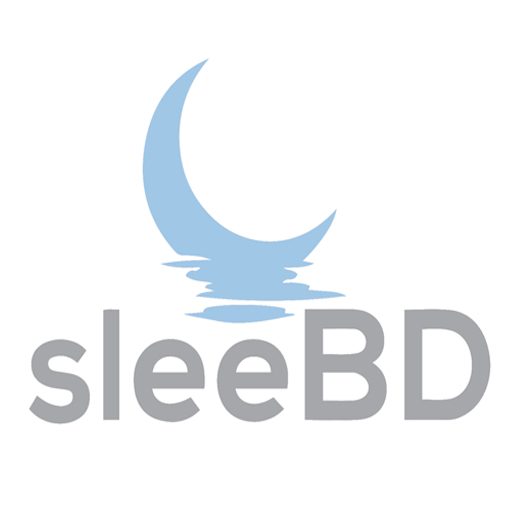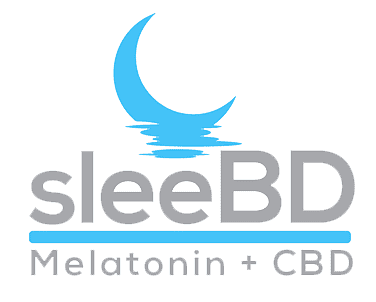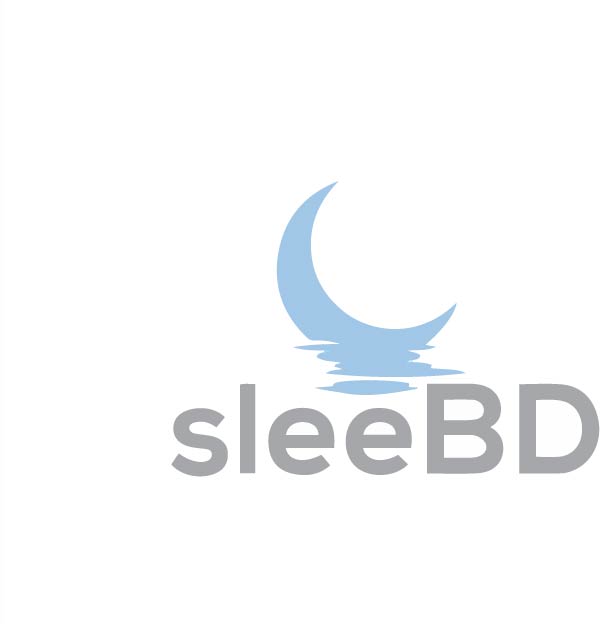cbd, health, sleep, Uncategorized
7 Tips to sleep Better – Andrew Huberman
What can you do better: pulling long hours for a week at work or get quality sleep for 7 days straight?
If you’re anything like me, then the answer is the long hours.
Taking a step back we can observe we have an asymmetric skill set, putting all-nighters is much easier than getting quality sleep regularly.
This is all explained by Andrew Huberman, PhD, Professor and Lab Director at Stanford University School of Medicine.
Dr. Huberman’s YouTube Channels is a 2021 jewel, he talks about Neuroscience, things like Brain Function, Neuroplasticity, Neuro-Technologies and Practical Applications of Neuroscience.
Dr. Huerban is brilliantly well versed, and a bomb of very well structured information.
This article is a humble effort to bring Dr. Huberman’s teaching about how to get better sleep to you because if you’re anything like me, we both know the prolonged pain of bad sleep.
The first force that governs sleep
The first force is a chemical force called Adenosine, a molecule that builds the more time we’re awake, creating a hunger for sleep, and resets when we sleep.
Caffeine
The easiest way to explain how Adenosine work is through Caffeine.
Caffeine wakes you up because it blocks the “sleep” receptors, or better said the Adenosine receptors.
Dr. Huberman explains that individual mutations make us react differently to caffeine.
Some people get jittery with one coffee cup, and others can drink caffeine until very late at night and have no trouble sleeping.
I personally do not drink coffee because it causes me gastritis, for example. But in every company that I’ve worked in, at least one person drinks coffee as much as I drink water throughout the day, and I drink a lot of water.
If you’re worried if you’re supposed to stop drinking coffee, the answer is no; caffeine has a bunch of other benefits, so it’s not like he’s telling us to stop drinking coffee, what we need is to determine the amount of coffee experimentally because there’s no recipe that fits all.
But if you find drinking coffee past a certain hour affects your sleep, avoid it to prevent it to mess with the chemical force that governs sleep.
The second force that governs sleep
The second force governs when we should be sleeping and when we should be awake, is called a circadian force.
Circadian means “about a day”, and what it means is that we have an internal clock in our bodies that is controlling what a day should look like.
When should you eat? When should you be awake? When should you go to sleep?
These are controlled by the Circadian Rhythm, which is affected by various factors, being the most important light.
Setting a timer
The number one environmental factor that signals when we should be asleep and when we should be awake is light, in particular sunlight.
When we wake up in the morning, it’s because two particular hormones called Cortisol and Epinephrine (adrenaline) are released from our Adrenal Glands in a pulse.
The pulse of Cortisol and Adrenaline causes us to be awake and feel alert.
Cortisol is also released through the day, when we enter states of alert, like when we’re late for a meeting or we think we got hacked.
But there’s a normal healthy release of Cortisol and Adrenaline release early in the morning which function is to wake us up, get out of bed and quickly to our jobs, or exercise or do something in the day.
Releasing the Cortisol, the whole pulse, in the morning is important to help the hormone to keep us awake through the day.
When this Cortisol pulse is released early in the morning, it triggers something else of greater importance, an internal timer that dictates when a different hormone will be released in the day, this hormone is called Melatonin.
So the awake signal sets a timer for about 12 to 14h to release Melatonin from our Pineal Gland.
Melatonin
Melatonin makes us sleepy and makes us fall to sleep
This rhythm is endogenous (natural) and will happen cyclically all the time, even without light, Cortisol will trigger, will set the Melatonin timer, then Melatonin will get lower, then Cortisol will get trigger again, and so on and so forth.
But the trick is the fact that this endogenous rhythm is built so external factors can govern them.
We should wake up, sunlight should come into our eyes, and a signal is sent to the Suprachiasmatic Nucleus, responsible for controlling the Circadian Rhythm.
Now, it’s critical light reaches our eyes in the morning to set out the Cortisol and Melatonin Rhythm right.
Dr. Huberman says this with confidence after overwhelming evidence of cardiovascular disorders, dementia, learning problems, metabolic effects, depressions and more negative effects related to poor sleeping quality.
How to do it correctly
The Retinal Ganglion Cells, which are the neurons that exist in our eyes responsible for setting the Circadian Rhythm, responds best to a particular quality and amount of light, a certain blue and brightness, which is found at sunrise.
What we have to do is wake up no further than 1 hour after the sunrise and see some light by getting outside as soon as possible. This light is the one that sets our Rhythm properly, and it’s quality only last for about 1 hour after sunrise when the sun is in an angle that projects a lot of blue and yellow light.
After that, the quality of light is gone, and the Cortisol pulse is not set properly, for example, setting it at 9 am or 10 am is highly related to depression.
An important note mentioned is that it’s 15 times less effective to see sunlight through a window, its best to be outside without glasses to see the sunlight, to clarify, not the sun directly, just get showered in light.
How much time to be outside varies:
- In bright summer, 30 seconds is enough.
- In other seasons 2–3 minutes outside is great.
- But in low light (like Scandinavia) it might not be enough light outside to trigger this effect.
What happens if there is not enough brightness in the morning? (like winter)
The trick is the fact that our eyes do not know about sunlight or risings, they respond to the light that exists when the sun is lower in the sky, but any light with the same properties can trigger this effect.
In that case, we might want to opt to artificial light that its specially designed to display a lot of blue and yellow light, which is commonly said it’s bad for us (at night), but it’s perfect to set our Rhythm in the morning.
It is important to do this consistently; However, what most people are doing is all the contrary:
- Wake up.
- See their phones.
- Go into their cars or transport.
- See the sunlight through the car window, way after sunrise.
This was my routine at some point in my life. I wasn’t aware of how bad it was until now, to be honest.
Sunset and anchors
Other things besides light that governs the cycle are:
- Timing of food intake.
- Timing of exercise.
But the main way to set our central clock, or better said the only direct input, is though light.
Dr. Huberman explains that another thing that helps to anchor our Rhythm is sunset.
When the sun is in a low angle, seeing the sunset also informs the nucleus that it is the end of the day.
This light exists in the same time span of the sunrise, for about 1h.
According to some peer-reviewed studies, seeing the sunset can protect our system from seeing light late on the day.
This consistency of setting the Circadian Rhythms right creates an anchor, anchoring this behaviour gives us prolonged and consistent quality sleep.
So it’s not about doing it once, we have to do it daily.
The worst time to get light
Thanks to tech (cellphones, tv, computers, ceiling light), we receive light after the natural light is gone.
Dr. Huberman explains that light that arrives at the eyes between 11 pm and 4 am activates the Habenula, which is called the disappointment nucleus.
Getting light at this time can suppress dopamine (an antidepressant, and feel-good hormone) and inhibit learning.
If you wake up in the middle of the night and get light exposure once in a while, it is ok, but if this is a routine, you might experience mood challenges, anxiety, unreliable focus and metabolism disorders.
I know what it feels to have a great night of sleep, sometimes I even get 2 in a single week, and that’s what keeps me going, but most weeks I get 0. What if I could get more? Isn’t it worth it? What if every single member of your team had a great night of sleep every single day? Don’t you think this will turn in better products and work environments?
Where to place light
The neurons that signal the central clock are placed mostly in the lower part of the eye, due retinal optics they actually perceive the overhead visual space around us, the top, the ceiling.
If we want to avoid these neurons’ improper activation at night, we could place light we see after the evening lower in the room, even on the floor.
Naps
At the end of the video, Dr. Huberman addresses naps, in short, he says that is normal our alertness drops in the middle of the day, somewhere between 12 pm to 3 pm, and naps are great at that time.
When we wake up from the nap, the cortisol levels will rise and then start declining normally.
This will happen even if we do not nap, so it’s best to nap and help the brain relax and have more focus for the rest of the day.
What is difficult in the practical world is that napping in workdays depends on your work environment, I’ve been in places where napping is normal and expected, and I’ve been in places where you get scolded if seen napping or even yawning.
If you’ve ever wondered about what to ask for a “good company”, hopefully, you can get into a company where you can nap, or that lets you go to your home and nap there.
Deep relaxation techniques (nap alternatives)
Dr. Huberman also presents 3 alternatives to naping, in the realm of deep relaxation techniques:
- Yoga Nidra, which is not napping, is yoga asleep, you can do it yourself with a script, and calms you down.
- Meditation, this is also another good thing to do in the middle of the day in the normal moment in the day when our alertness falls down.
- Hypnosis, there are some forms of hypnosis that help you fall asleep.
If you have problems controlling thoughts at night
After getting your Circadian Rhythm into place, you might still need some help controlling thoughts and falling asleep.
Dr. Huberman also addresses this with an important phrase:
It’s very hard to control the mind with the mind.
He points out that If we have trouble controlling our mind, we must look for an answer in our body.
Things like meditation, yoga and hypnosis work to fall asleep because they focus on breathing, ways of laying down, and other ways to use the body to control the mind.
He points out there’s a relationship between the body and the mind, and when we’re having problems controlling the mind, we must look into our body.
Controlling the body involves ways to control light exposure, breathing, laying down, temperature, food intake, etc.
Dr. Huberman promises he’ll get into more depth in further episodes of his podcasts, let me know if you’ll like me to write about those too.
Conclusion
We might have challenges falling asleep, but if we devote time to learn how to do it better it will compound, and we’ll see results.
The advice of Dr. Huberman is quite simple:
- If you drink anything that interferes with your Adenosine (like coffee and energy drinks), experiment to preserve your levels of Adenosine right (you should feel sleepy at night and sleep deeply).
- Get bathed in sunrise light, for a few minutes.
- Get bather in sunset light, for a few minutes.
- Do not get light between 11 pm and 4 am.
- Be consistent on the previous points.
- Napping is ok in the normal day cycle (somewhere between 12 pm to 3 pm, from 20 to 30min).
- If you have problem controlling thoughts dedicate time to control your mind with your body through yoga or meditation.


